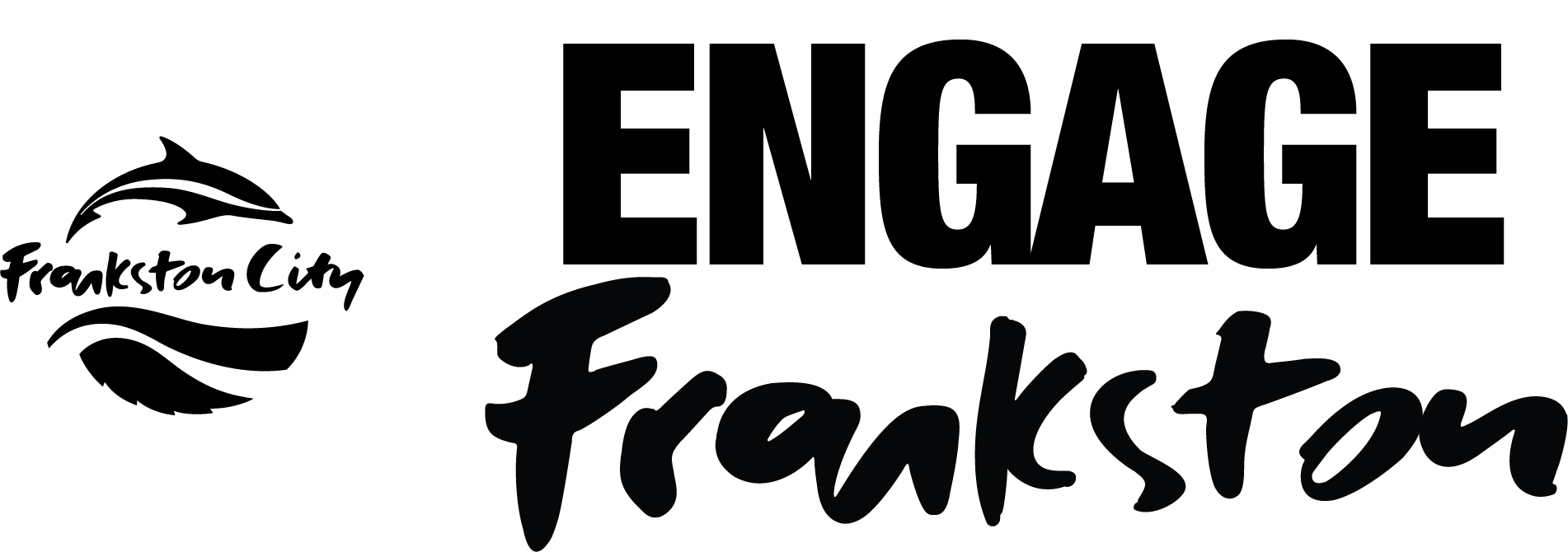Stage 1 Broad engagement (involve)
In March-May 2024, we engaged with 1,361 participants, who represented all ages, suburbs, genders, and diverse characteristics of our municipality. Participation included:
- 22 pop ups/intercept surveys across Frankston City
- 1163 surveys collected online and in-person
- 3700 free text comments
- 84 stakeholder workshop participants
- 114 staff workshop participants

















